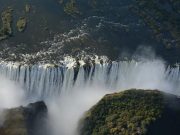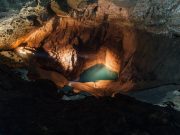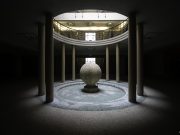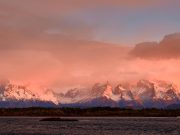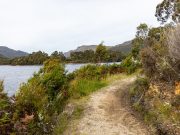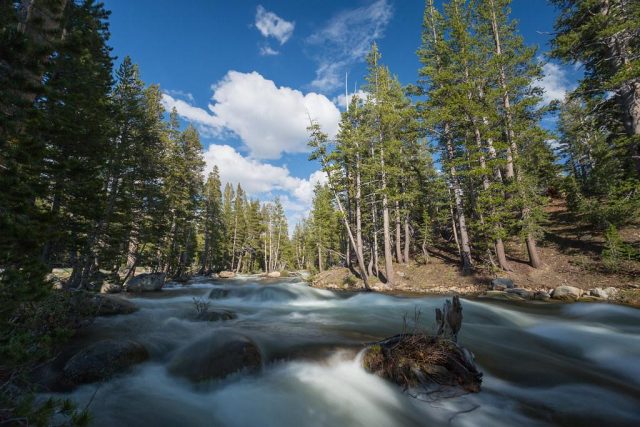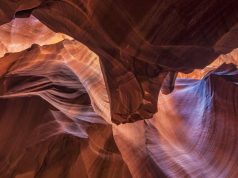In the heart of nature’s grand tapestry, where rugged mountains kiss the sky and pristine forests whisper ancient secrets, lies a paradox that has captured the attention of adventurers and conservationists alike. National parks, once hallowed sanctuaries of untamed beauty and serenity, now stand at the crossroads of preservation and commercial allure. As the scent of pine mingles with the hum of concession stands and souvenir shops, a pressing question emerges: Are these bastions of natural wonder becoming too commercialized? In this exploration, we delve into the evolving landscape of national parks, balancing the scales between accessibility and authenticity, to uncover the delicate dance between nature and commerce.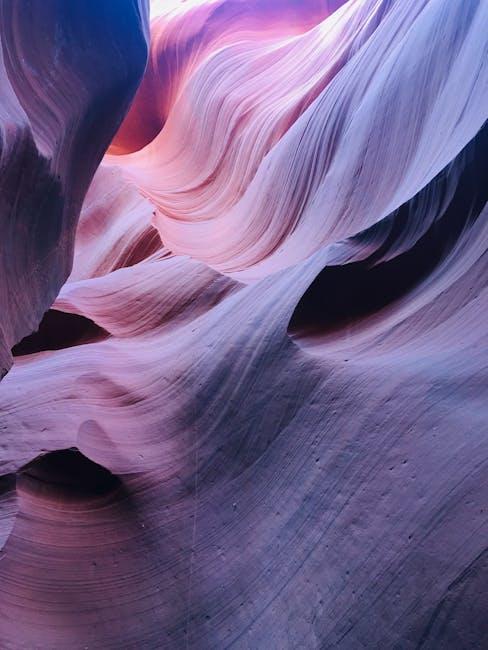
Balancing Nature and Commerce in National Parks
In recent years, the fine line between preserving the sanctity of national parks and promoting their accessibility through commercial means has become a subject of growing debate. Advocates for conservation argue that the introduction of commercial activities, such as gift shops, luxury lodges, and even Wi-Fi zones, disrupts the natural ecosystem and diminishes the authentic wilderness experience. They emphasize that national parks were established to serve as havens for biodiversity, offering respite from the relentless pace of modern life.
On the other hand, proponents of commercialization highlight the economic benefits that come with increased tourism and modern amenities. They argue that such developments can lead to improved infrastructure, better maintenance, and increased funding for conservation projects. The key lies in striking a harmonious balance, ensuring that while visitors can enjoy comfortable experiences, the pristine landscapes and their native inhabitants remain undisturbed. This delicate balance is crucial for ensuring that future generations can enjoy these natural wonders without compromising their ecological integrity.
- Preservation of natural habitats
- Economic benefits from tourism
- Improved park infrastructure
- Impact on local communities
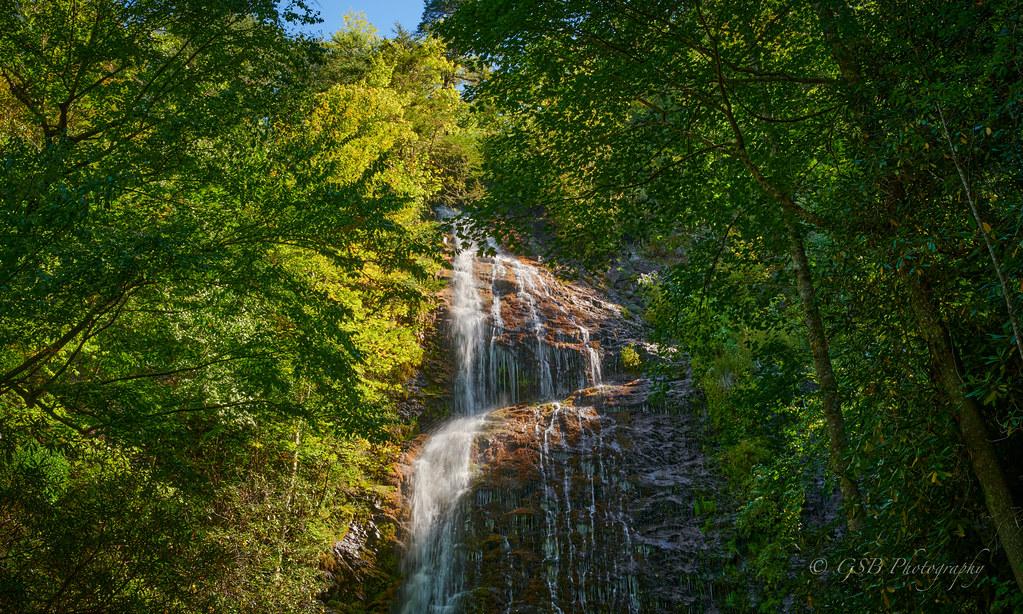
The Impact of Commercialization on Park Ecosystems
The delicate balance of ecosystems within national parks is increasingly under pressure from the push for commercialization. As visitor numbers rise, the construction of facilities like hotels, restaurants, and shops can disrupt native habitats and alter the natural landscape. The intrusion of human activities often leads to the displacement of wildlife and the introduction of invasive species, which can threaten the survival of native plants and animals. Furthermore, the increase in foot traffic and vehicle emissions can lead to soil erosion and pollution, affecting the quality of air and water resources.
Key impacts of commercialization on park ecosystems include:
- Habitat Fragmentation: Development projects can divide ecosystems, making it difficult for wildlife to thrive.
- Resource Depletion: Increased tourism demands more resources, leading to overconsumption of water and energy.
- Pollution: Construction and increased visitor presence contribute to air, noise, and water pollution.
- Wildlife Disturbance: Human activities can disrupt the natural behavior of animals, affecting feeding, mating, and migration patterns.
While commercialization may bring economic benefits and enhance visitor experience, it is crucial to implement sustainable practices that protect the natural integrity of these treasured landscapes. By balancing development with conservation efforts, we can ensure that national parks remain sanctuaries for both wildlife and people.
Exploring Visitor Experience Amidst Growing Commercial Influence
In recent years, the balance between preserving the natural essence of national parks and accommodating the increasing number of visitors has been challenged by the growing presence of commercial activities. This shift is evident in the emergence of luxury lodges, gourmet dining experiences, and an array of organized adventure tours. While these amenities undoubtedly enhance convenience and comfort, they also raise questions about the authenticity of the wilderness experience. Critics argue that such developments detract from the parks’ primary mission of conservation and solitude, transforming these sacred spaces into bustling tourist hubs.
- Are these commercial ventures necessary to support park maintenance?
- Do they provide opportunities for more people to appreciate nature?
- Or do they risk overshadowing the serene beauty of these natural wonders?
Proponents of commercialization suggest that the revenues generated can be funneled back into conservation efforts and infrastructure improvements, ensuring the parks’ longevity. However, it’s crucial to strike a delicate balance that respects both the ecological integrity and the visitor experience. As this debate unfolds, it remains to be seen how national parks will navigate the fine line between accessibility and preservation.
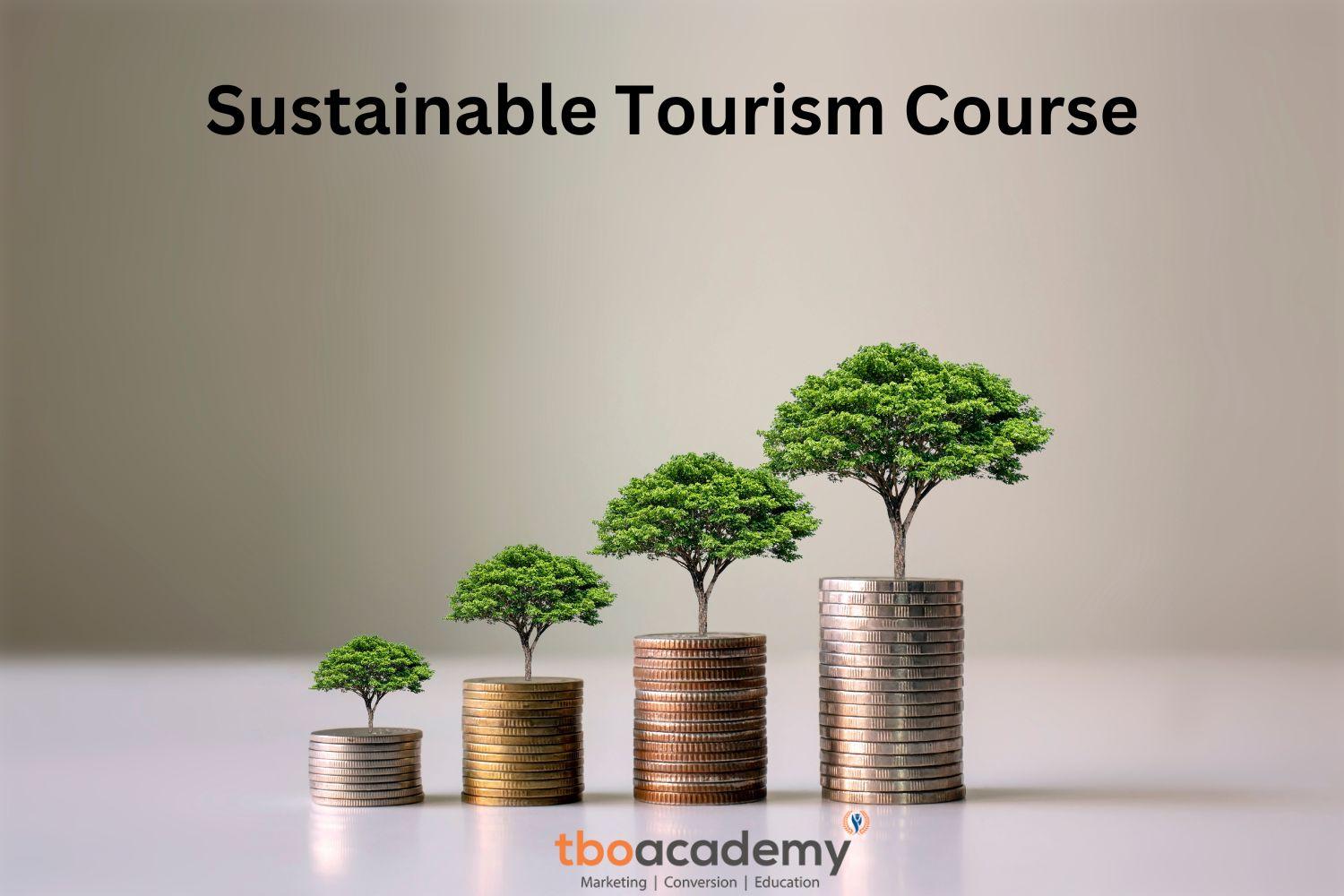
Strategies for Sustainable Tourism in National Parks
To preserve the natural beauty and ecological integrity of national parks while accommodating visitors, innovative approaches are essential. Implementing visitor caps during peak seasons can help manage foot traffic, reducing wear and tear on trails and habitats. Parks might also consider dynamic pricing to incentivize visits during off-peak times, balancing visitor distribution throughout the year.
- Community Involvement: Engage local communities in tourism planning and benefit-sharing to foster stewardship and sustainable practices.
- Eco-friendly Infrastructure: Develop sustainable facilities that minimize environmental impact, such as solar-powered lodges and eco-friendly transportation.
- Educational Programs: Enhance visitor experiences with programs that promote conservation awareness and respect for nature.
By integrating these strategies, national parks can enhance visitor experiences while safeguarding their ecosystems, ensuring that they remain havens of biodiversity and natural beauty for future generations.
Final Thoughts
As we stand at the crossroads of nature and commerce, the question of whether national parks are becoming too commercialized invites a broader reflection on our relationship with these natural sanctuaries. These parks, with their sweeping landscapes and serene beauty, have long been refuges for the soul, offering an escape from the hustle and bustle of everyday life. Yet, as amenities expand and visitor numbers rise, the delicate balance between preservation and accessibility becomes ever more crucial.
Perhaps the path forward lies not in choosing sides, but in seeking harmony—a way to welcome all who wish to experience nature’s wonders while safeguarding the wild essence that makes these places truly special. As stewards of these treasured lands, we are tasked with finding innovative solutions that honor both their ecological integrity and their role as spaces of collective inspiration. the future of our national parks depends on our ability to tread lightly, think deeply, and act wisely.
May we continue to explore, cherish, and protect these natural havens, ensuring they remain vibrant and vital for generations to come.


